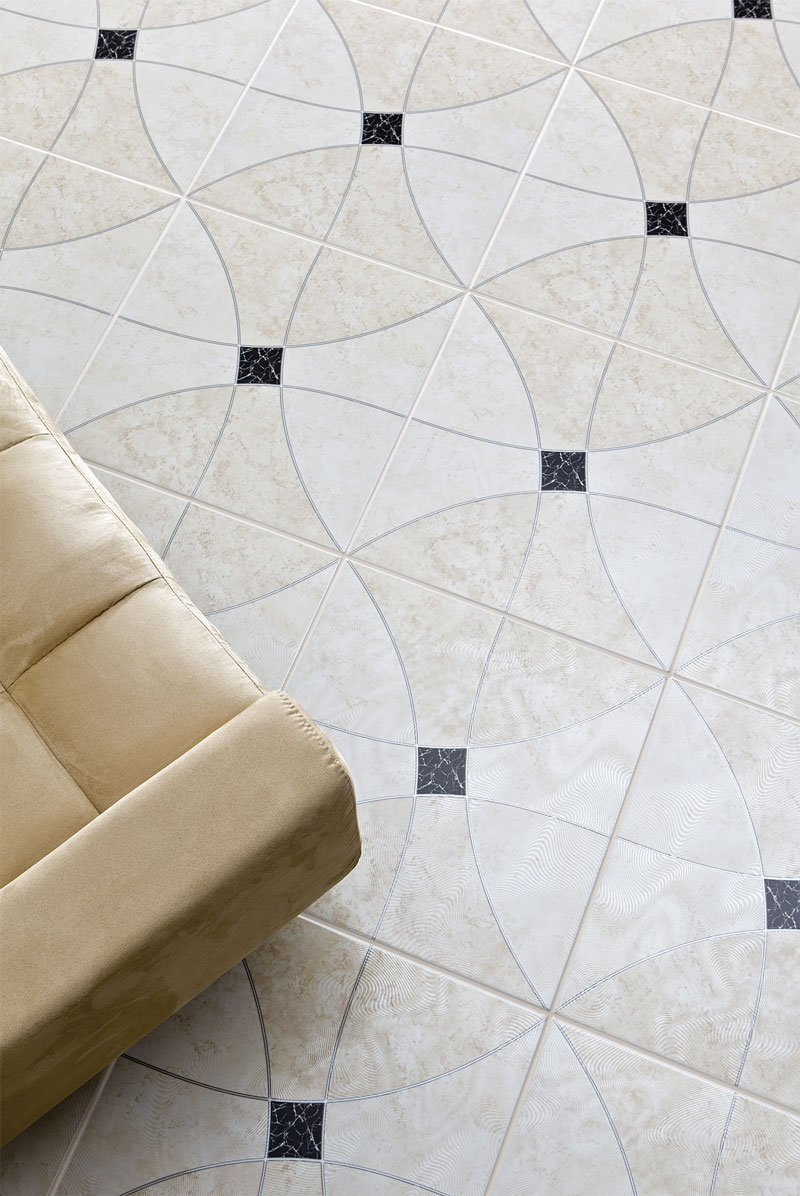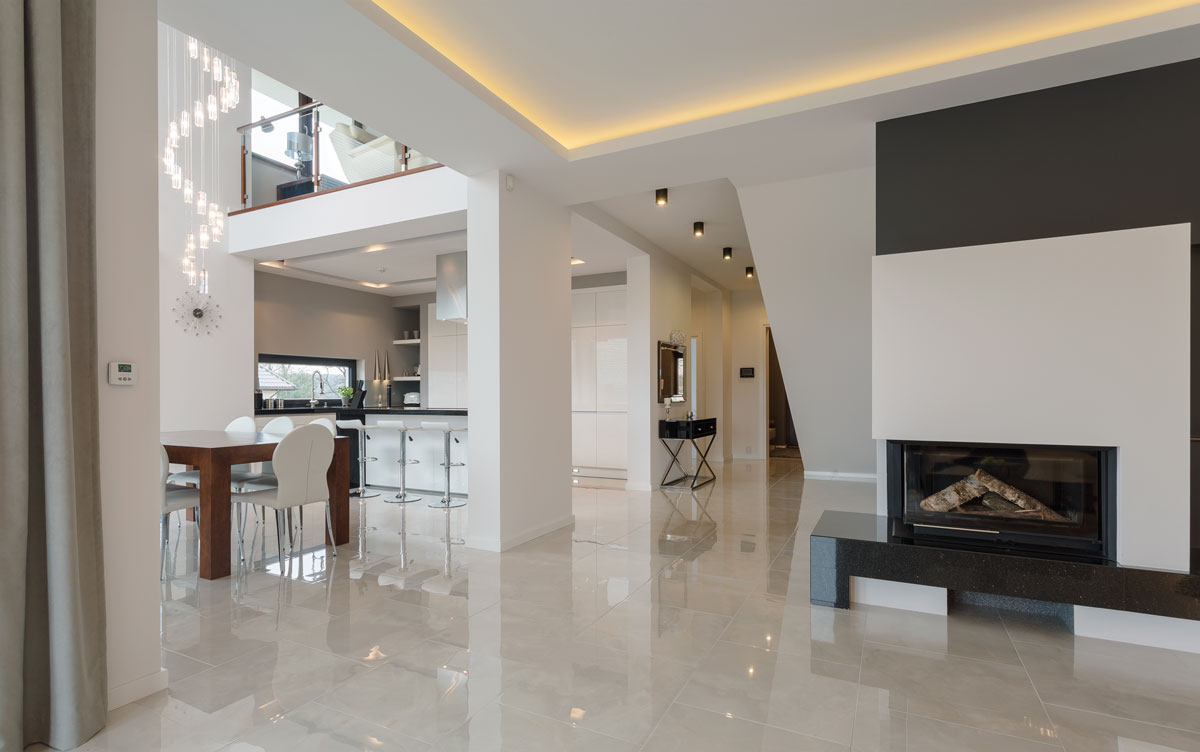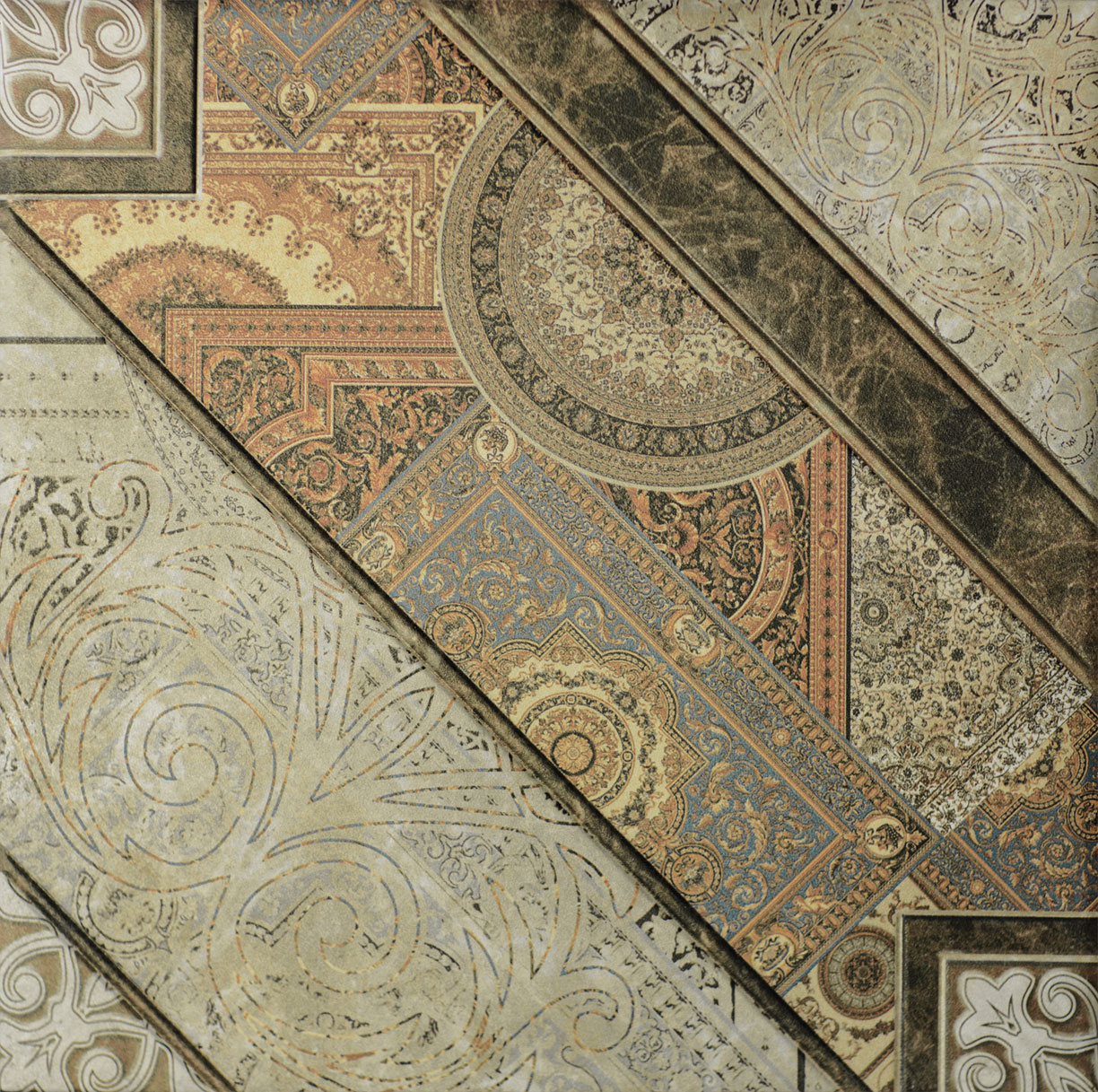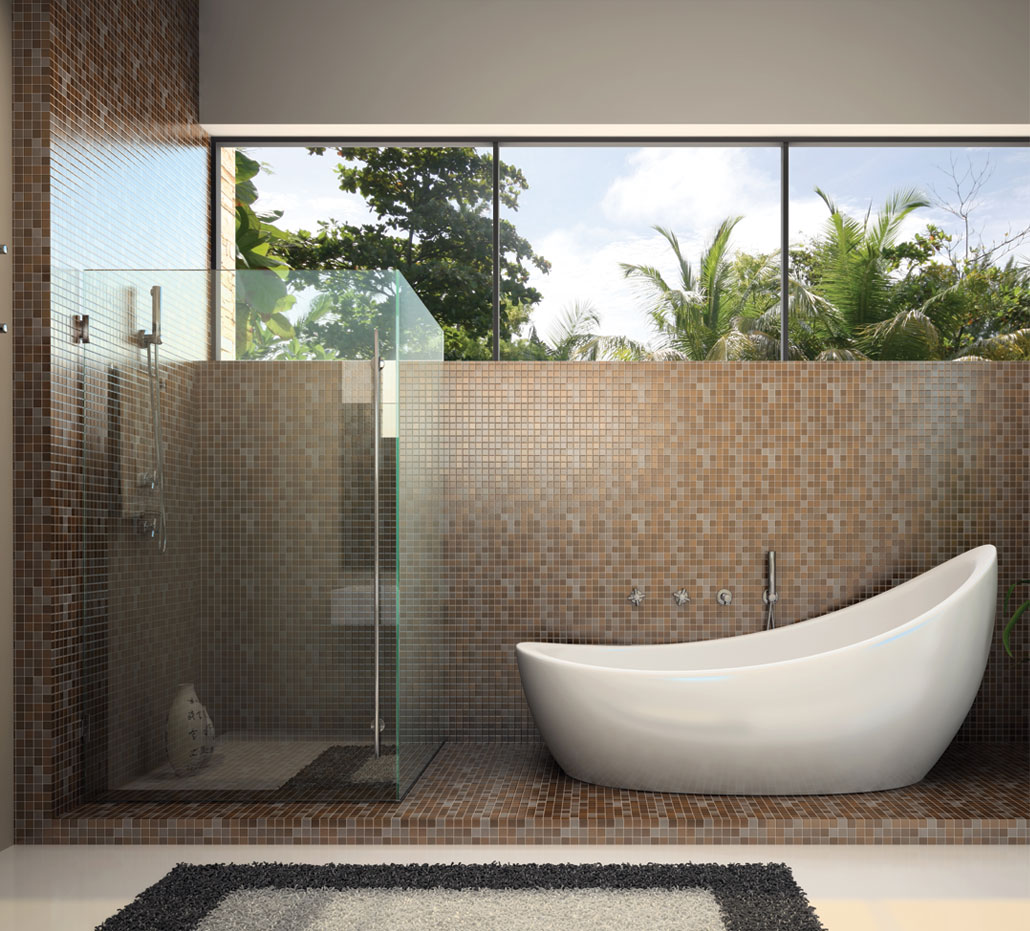Today, ceramics is an important decorative product that is used in interior or exterior siding of buildings and tiling of floors. It is produced by mixing certain amounts of natural clay, kaolin, quartz and feldspar. These materials are prepared as a paste, then pressed and kiln-dried at temperatures higher than 1100°C degrees. The front face of the ceramic tiles is usually vitrified for protection Ceramics is healthy since it is made from natural materials using natural methods. Ceramics is an ecological (environment-friendly) material.

Porcelain tiles come in matte or glazed forms depending on the demand. Glazed porcelain tiles are produced by means of grinding the matte tiles. The glazing process results in removal of a certain part of the very hard layer that is formed on the surface of the tile during kiln-drying process. Whereas its high technical properties are preserved, the abrasion resistance of the glazed surface and thus its resistance to stains are less when compared to the matte surfaces. However, they are preferred for its aesthetical quality and variety of color.


Floor Tiles
Floor tiles are kiln-dried at very high temperatures. For this reason, they are harder and more durable than wall tiles. If desired, they may be conveniently applied on walls. They are highly resistant to impacts. They are heavier than wall tiles. They have high load bearing capacities.
These are ceramic products that have low water absorption capacity. The glaze on the surface is harder than the one on wall tiles, which makes floor tiles be abraded less. These are more resistant compared to wall tiles to the abrasive effects of heavy tables, desks and chairs and ball-bearing equipment at homes and offices.
Wall Tiles
Wall tiles are lighter than floor tiles. Since they are kiln-dried at lower temperatures, they may absorb more water. Therefore, they have less resistance to impacts compared to floor tiles. They are suitable for indoor applications. They may never be used for floor tiling.
Porcelain Tiles
They are easily told apart from the other two tiles. They look like natural stones due to particles in various colors added in the paste during the kiln-drying process. They are more durable compared to the other two ceramic products. Therefore, they are mostly preferred in outdoor applications. These are the most suitable tiling materials for outdoor areas of apartment blocks, business centers and interiors and exteriors of shopping malls. They do not absorb water.

